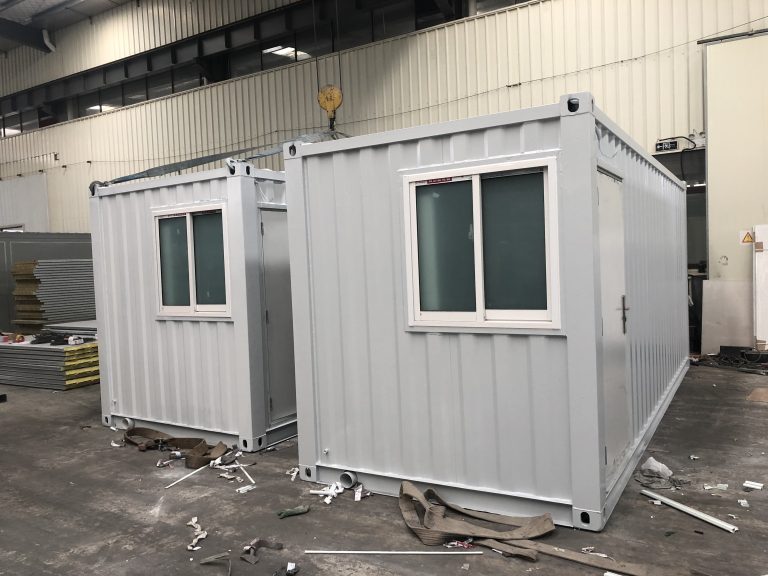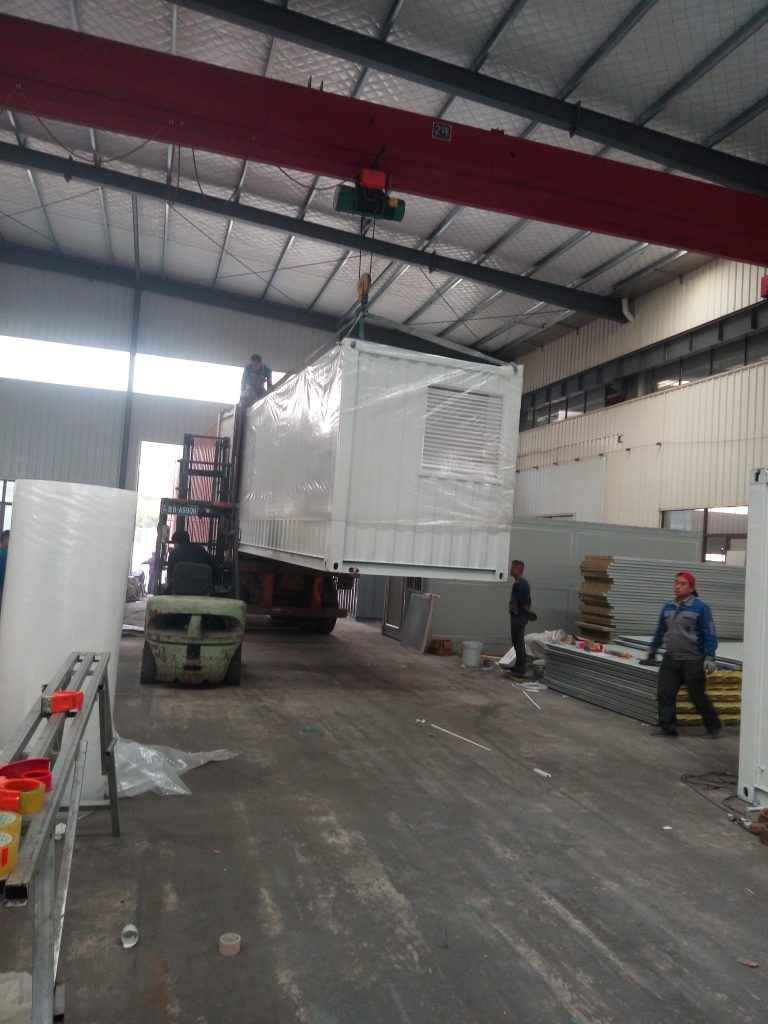Application of steel structure in earthquake prone area.
Table of Contents
Benefits of Using Steel Structures in Earthquake-Prone Areas
Steel structures have long been recognized for their strength and durability, making them an ideal choice for construction in earthquake-prone areas. The use of steel in building design has become increasingly popular due to its ability to withstand the forces of seismic activity. In this article, we will explore the benefits of using steel structures in earthquake-prone areas and how they can help mitigate the impact of earthquakes on buildings and infrastructure.
One of the key advantages of using steel structures in earthquake-prone areas is their high strength-to-weight ratio. Steel is a lightweight material that is incredibly strong, allowing for the construction of buildings that are both durable and resilient to seismic forces. This means that steel structures can better withstand the lateral forces and vibrations that occur during an earthquake, reducing the risk of collapse and minimizing damage to the building.

In addition to their strength, steel structures also offer flexibility in design and construction. Steel can be easily shaped and molded into various forms, allowing for the creation of innovative and efficient building designs. This flexibility is particularly important in earthquake-prone areas, where buildings need to be able to withstand a wide range of seismic forces. Steel structures can be designed to be more ductile and flexible, allowing them to absorb and dissipate energy during an earthquake, rather than transferring it to the building’s occupants.

Furthermore, steel structures are highly resistant to fire, corrosion, and pests, making them a durable and long-lasting building material. This means that buildings constructed with steel structures are less likely to suffer from structural damage over time, reducing the need for costly repairs and maintenance. In earthquake-prone areas, where buildings are already at risk of damage from seismic activity, the use of steel structures can provide added protection and peace of mind for building owners and occupants.

Another benefit of using steel structures in earthquake-prone areas is their sustainability and environmental friendliness. Steel is a recyclable material that can be reused and repurposed, reducing the need for new raw materials and minimizing waste. Additionally, steel structures can be designed to be energy-efficient, with features such as high-performance insulation and solar panels that help reduce energy consumption and lower carbon emissions. By choosing steel structures for construction in earthquake-prone areas, builders can contribute to a more sustainable and environmentally friendly built environment.

In conclusion, the application of steel structures in earthquake-prone areas offers a wide range of benefits, including high strength-to-weight ratio, flexibility in design and construction, resistance to fire and corrosion, and sustainability. By choosing steel structures for construction in earthquake-prone areas, builders can create buildings that are more resilient to seismic forces, safer for occupants, and more environmentally friendly. As the threat of earthquakes continues to pose a risk to buildings and infrastructure around the world, the use of steel structures provides a reliable and effective solution for mitigating the impact of seismic activity.
Design Considerations for Steel Structures in Seismic Zones
Steel structures have long been recognized for their strength and durability, making them an ideal choice for construction in earthquake-prone areas. The use of steel in building design can significantly reduce the risk of structural damage during seismic events, providing a safer environment for occupants. However, there are several key design considerations that must be taken into account when incorporating steel structures in seismic zones.

One of the most important factors to consider when designing steel structures in earthquake-prone areas is the overall structural integrity of the building. Steel is known for its high strength-to-weight ratio, making it an excellent choice for withstanding the forces exerted during an earthquake. However, it is essential to ensure that the steel members are properly connected and braced to prevent buckling or collapse under seismic loads.
123
In addition to structural integrity, the flexibility of steel structures is another crucial consideration in seismic design. Unlike rigid materials such as concrete, steel has the ability to flex and bend without losing its strength, allowing it to absorb and dissipate the energy generated by an earthquake. This flexibility helps to reduce the overall impact of seismic forces on the building, minimizing damage and ensuring the safety of occupants.

Another important design consideration for steel structures in seismic zones is the use of seismic bracing systems. These systems are designed to provide additional support and stability to the structure during an earthquake, helping to distribute forces more evenly and prevent localized damage. Common types of seismic bracing systems include diagonal braces, moment frames, and shear walls, each of which serves a specific purpose in enhancing the overall seismic performance of the building.

In addition to structural integrity and flexibility, the location and layout of steel structures in earthquake-prone areas must also be carefully considered. Buildings located near fault lines or in high seismic hazard zones may require additional reinforcement and special design considerations to ensure their safety and stability. Proper site selection, foundation design, and building orientation are all critical factors in minimizing the risk of damage during an earthquake.


Furthermore, the use of advanced modeling and analysis techniques is essential in the design of steel structures in seismic zones. Computer-aided design (CAD) software and finite element analysis (FEA) tools can help engineers simulate and evaluate the behavior of a structure under seismic loads, allowing for more accurate predictions of performance and potential weaknesses. By utilizing these tools, designers can optimize the structural performance of steel buildings and ensure their safety in the event of an earthquake.

In conclusion, the application of steel structures in earthquake-prone areas offers numerous benefits in terms of strength, flexibility, and durability. However, careful consideration must be given to key design factors such as structural integrity, flexibility, seismic bracing, site selection, and advanced analysis techniques to ensure the safety and stability of the building. By incorporating these design considerations into the planning and construction process, engineers can create steel structures that are resilient and reliable in the face of seismic events, providing a safe environment for occupants and minimizing the risk of damage.








